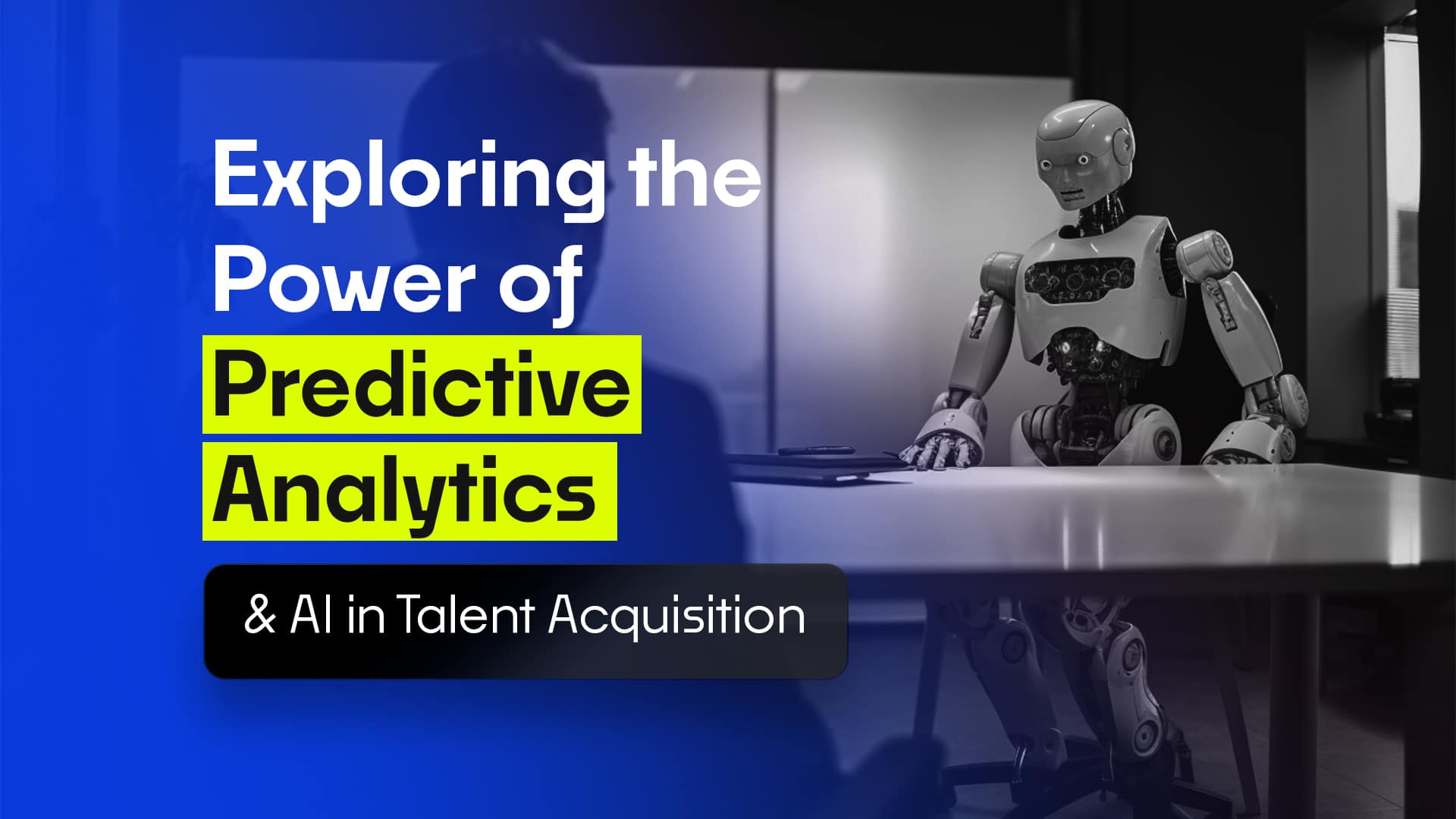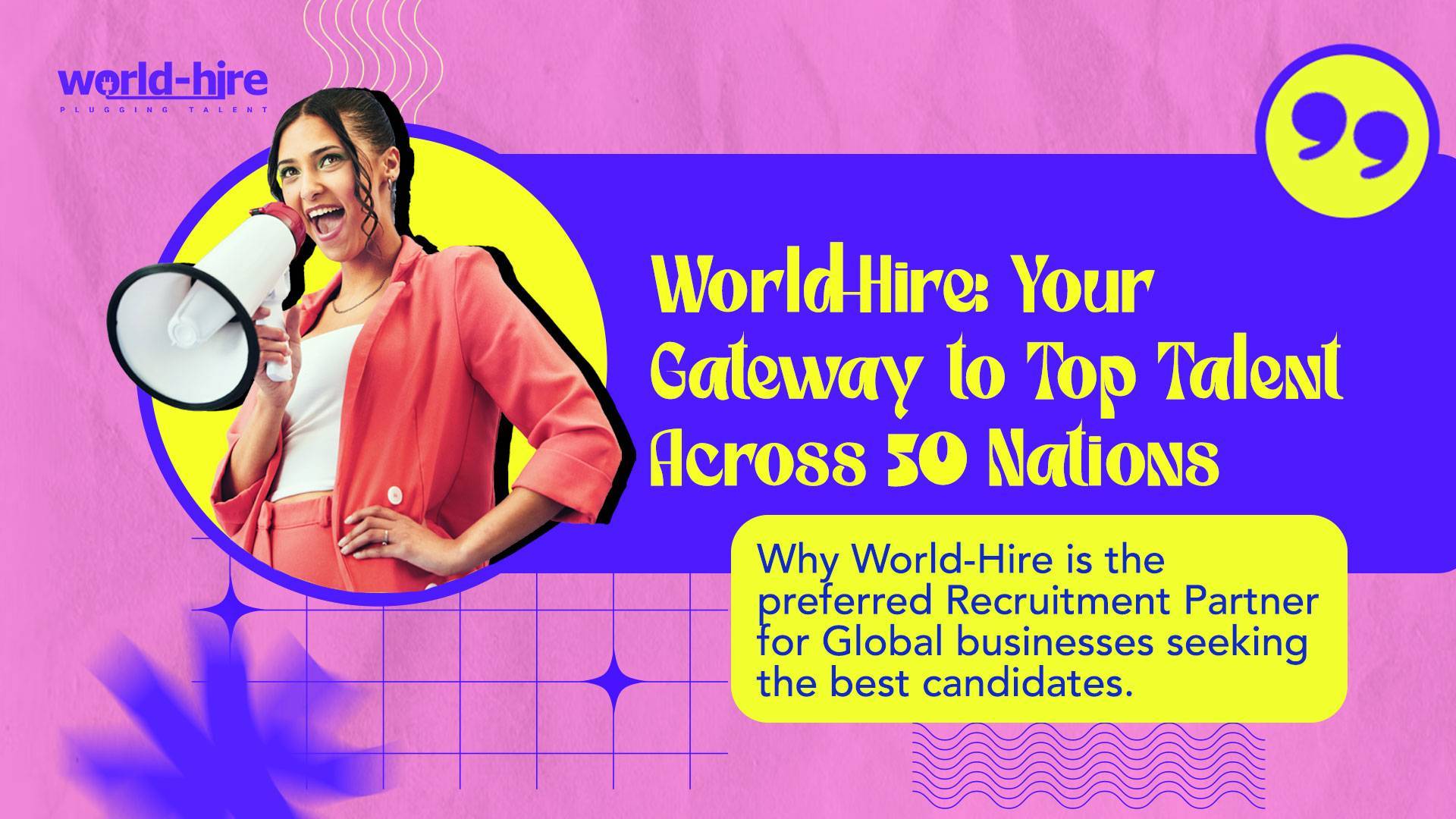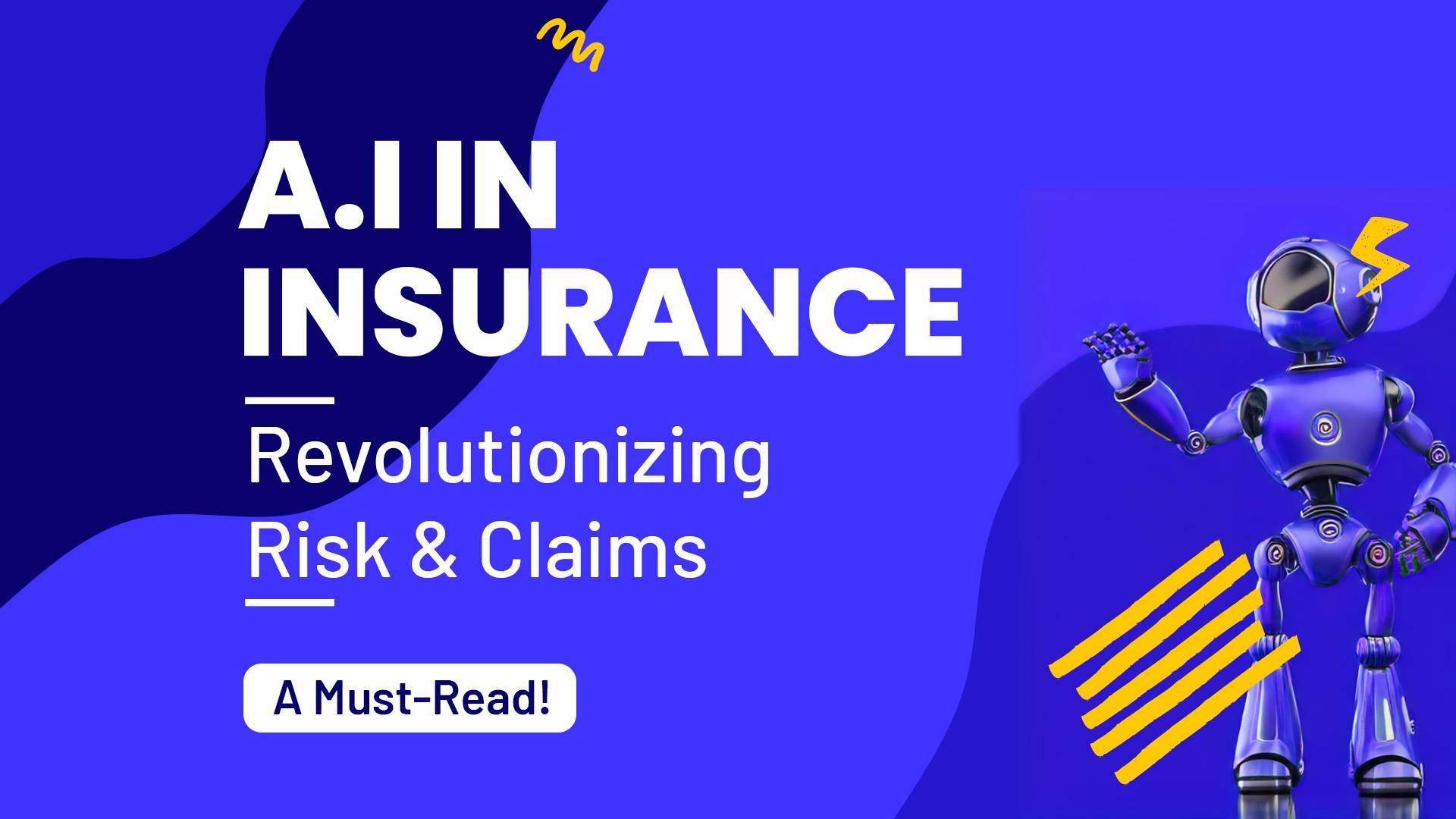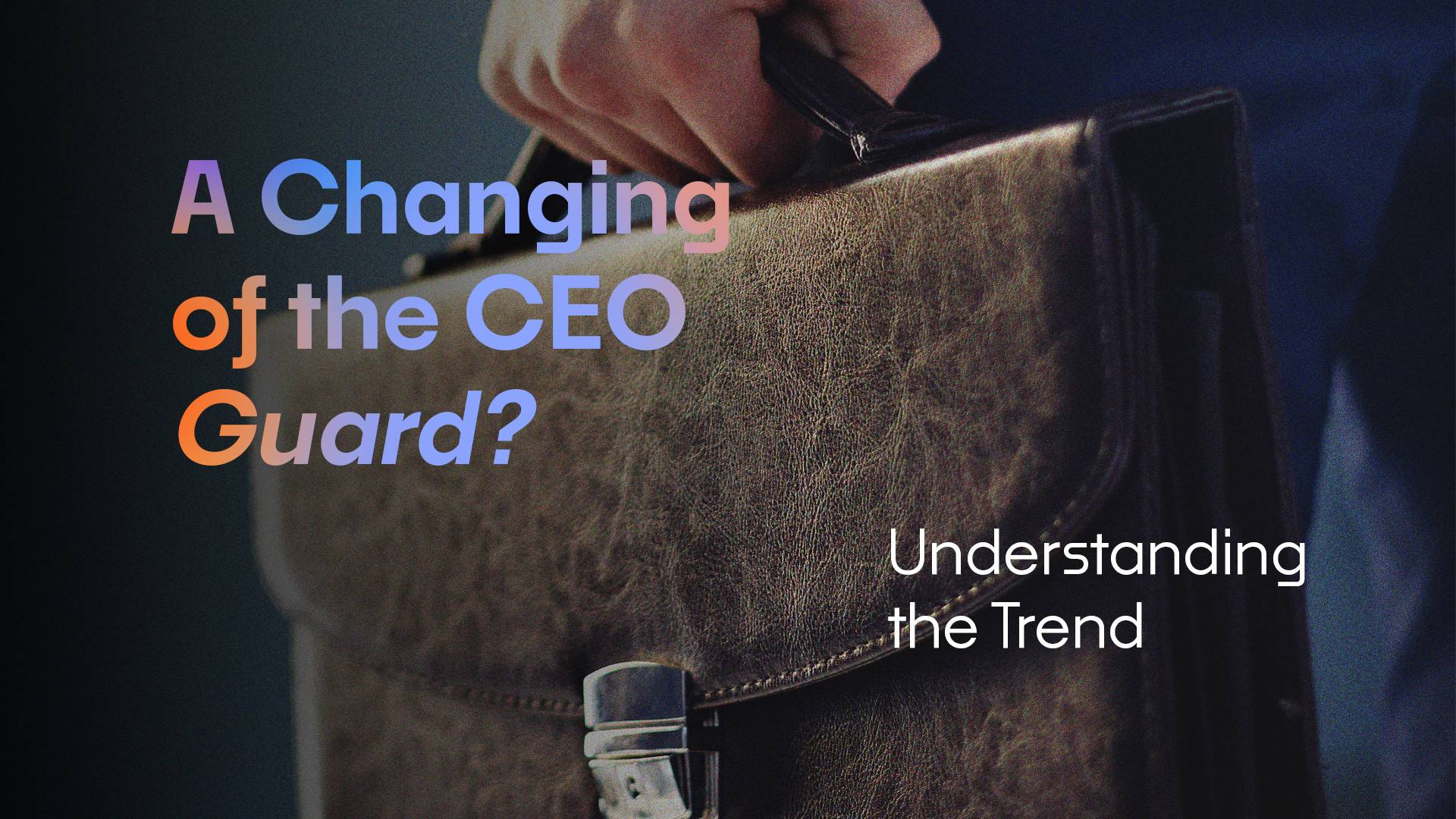In today’s competitive business landscape, organizations are constantly seeking innovative ways to attract and retain top talent. Traditional talent acquisition methods often fall short in predicting candidate success and identifying high-potential hires.
However, with the advent of predictive analytics and artificial intelligence (AI), organizations now have powerful tools at their disposal to revolutionize their talent acquisition processes. In this article, we will delve into the potential of predictive analytics and AI in assisting organizations in talent acquisition, uncovering how these technologies can enhance decision-making, optimize workforce planning, and drive strategic recruitment outcomes.
- Understanding Predictive Analytics and AI in Talent Acquisition:
To harness the benefits of predictive analytics and AI, it is essential to first understand their role in talent acquisition. Predictive analytics utilizes historical data and statistical algorithms to forecast future outcomes, enabling organizations to make data-driven talent decisions.
AI, on the other hand, refers to the simulation of human intelligence in machines, enabling them to learn, reason, and perform tasks autonomously. When combined, predictive analytics and AI empower organizations to uncover hidden patterns, make accurate predictions, and automate talent acquisition processes. - Identifying High-Potential Candidates: One of the key advantages of predictive analytics and AI in talent acquisition is the ability to identify high-potential candidates. By analyzing vast amounts of data, including resumes, performance metrics, and psychometric assessments, predictive analytics models can identify patterns that correlate with success in specific roles.
AI-powered algorithms can then evaluate candidate profiles against these patterns, providing organizations with a shortlist of candidates who are more likely to excel in the role. This saves time and resources while ensuring a higher quality of hires. - Enhancing Candidate Screening and Selection: Traditional candidate screening and selection processes can be time-consuming and subjective. Predictive analytics and AI offer a more efficient and objective approach.
AI algorithms can analyze candidate data, including resumes, online profiles, and assessments, to match candidates with the desired job criteria and cultural fit. By leveraging machine learning, these algorithms continuously improve their accuracy and adapt to changing hiring needs, resulting in better matches between candidates and job requirements. - Improving Workforce Planning: Workforce planning is a critical aspect of talent acquisition, ensuring that organizations have the right people in the right positions at the right time. Predictive analytics and AI play a crucial role in optimizing workforce planning. By analyzing historical data, market trends, and business forecasts, predictive analytics models can project future talent needs.
AI-powered algorithms can then identify skill gaps, provide recommendations for upskilling or reskilling, and even predict attrition risks. This proactive approach allows organizations to align their talent acquisition strategies with their long-term business goals. - Streamlining Recruitment Processes: Recruitment processes often involve repetitive and time-consuming tasks, such as resume screening and candidate communication.
AI-powered chatbots and virtual assistants can automate these processes, providing real-time responses, scheduling interviews, and answering frequently asked questions. This not only improves the candidate experience but also frees up recruiters’ time to focus on strategic activities like building relationships, conducting interviews, and assessing cultural fit.
Conclusion: Predictive analytics and AI have the potential to revolutionize talent acquisition by enhancing decision-making, optimizing workforce planning, and streamlining recruitment processes.
Leveraging these technologies enables organizations to identify high-potential candidates, make data-driven hiring decisions, and align their talent acquisition strategies with long-term business goals.
As the talent landscape continues to evolve, organizations that embrace predictive analytics and AI in talent acquisition will gain a competitive edge, attract top talent, and foster a culture of innovation and success.
By harnessing the power of predictive analytics and AI, organizations can unlock the full potential of their talent acquisition efforts and build high-performing teams that drive sustainable business growth.










